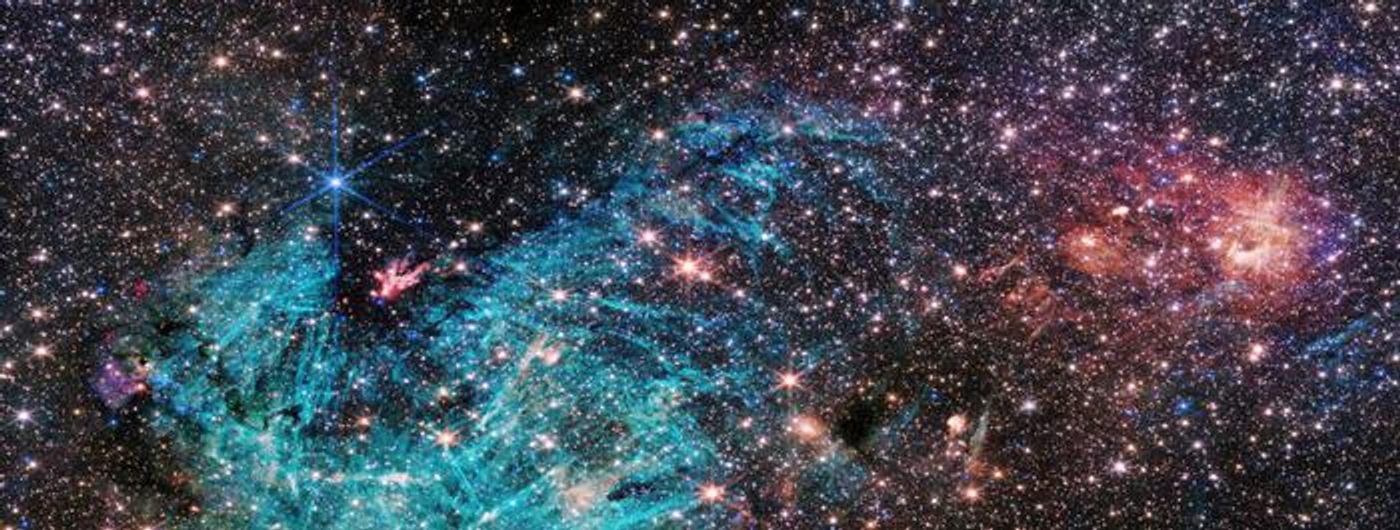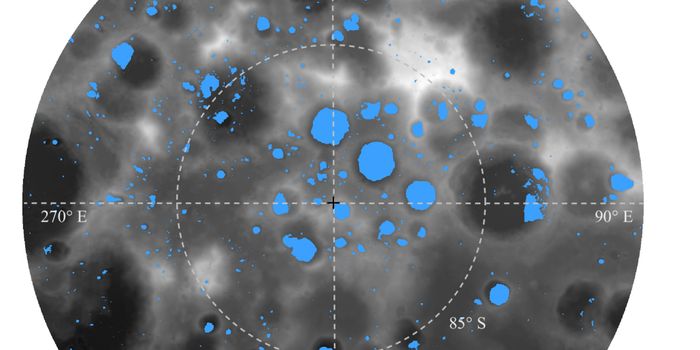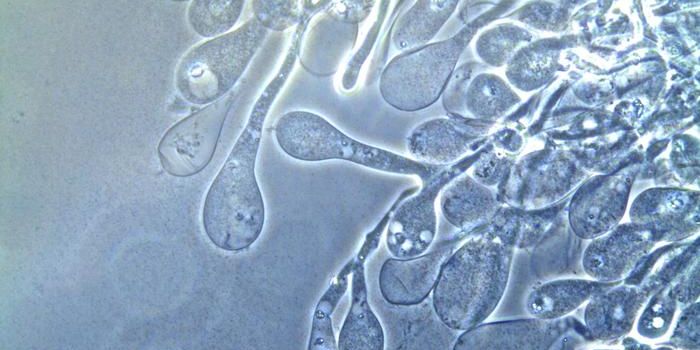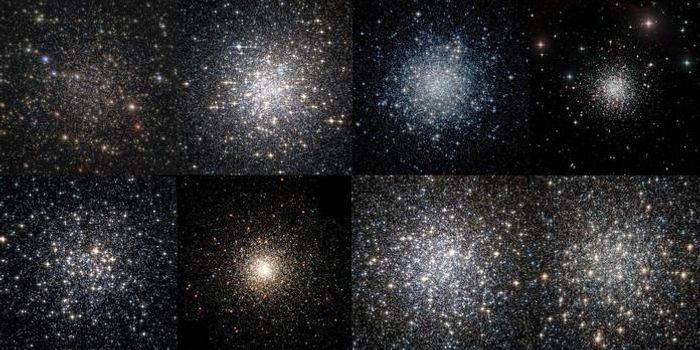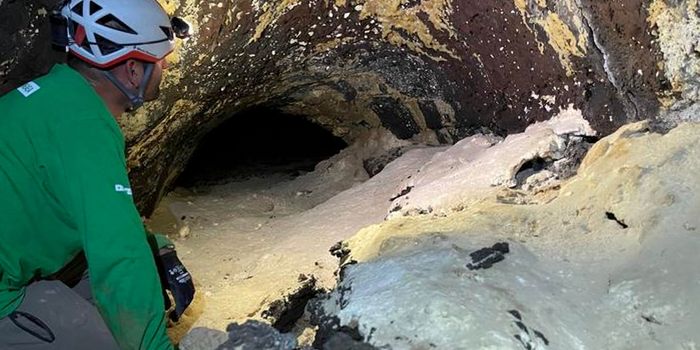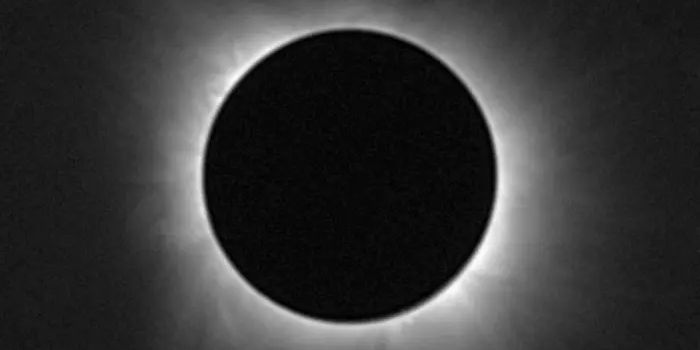Exploring the Heart of the Milky Way: Webb Telescope's Breakthrough Observations
NASA’s James Webb Space Telescope (JWST) recently used its powerful Near-Infrared Camera (NIRCam) to peer into the very center of our Milky Way Galaxy, revealing stunning details in a star-forming region known as Sagittarius C (Sgr C) like never before, which includes approximately 500,000 in this single image. Sgr C is located approximately 300 light-years from the exact center of the Milky Way known as Sagittarius A*, which is a supermassive black hole. For context, the Milky Way is approximately 105,000 light-years across, so Sgr C being only 300 light-years from the center of the Milky Way is extremely close.
“The galactic center is a crowded, tumultuous place. There are turbulent, magnetized gas clouds that are forming stars, which then impact the surrounding gas with their outflowing winds, jets, and radiation,” said Dr. Rubén Fedriani, who is a Juan de la Cierva Postdoctoral Fellow at the Instituto Astrofísica de Andalucía in Spain and a co-investigator of the project. “Webb has provided us with a ton of data on this extreme environment, and we are just starting to dig into it.”
Image from JWST’s NIRCam instrument of Sagittarius C which is located approximately 300 light-years from the supermassive black hole at the center of the Milky Way Galaxy, Sagittarius A*. This image contains approximately 500,000 stars, some of which are protostars, which are stars that are still growing. (Credit: NASA, ESA, CSA, STScI, and S. Crowe (University of Virginia))
The “star” attraction in this single image of approximately 500,000 stars are a group of densely packed protostars, which are stars that are still growing, and includes a protostar whose mass is estimated to be greater than 30 times that of our Sun. Within this group of protostars is a massive cloud whose density is so great that JWST in unable to detect the light from the protostars that are behind the cloud. Astronomers know there are protostars behind it from the number of protostars that are emerging from behind the cloud.
“The image from Webb is stunning, and the science we will get from it is even better,” said Samuel Crowe, who is an undergraduate student at the University of Virginia in Charlottesville, and principal investigator of the team. “Massive stars are factories that produce heavy elements in their nuclear cores, so understanding them better is like learning the origin story of much of the universe.”
What new discoveries will JWST make about protostars and the center of our Milky Way in the coming years and decades? Only time will tell, and this is why we science!
As always, keep doing science & keep looking up!
Sources: NASA, NASA (1), NASA (2), EurekAlert!, NASA (3), Wikipedia
